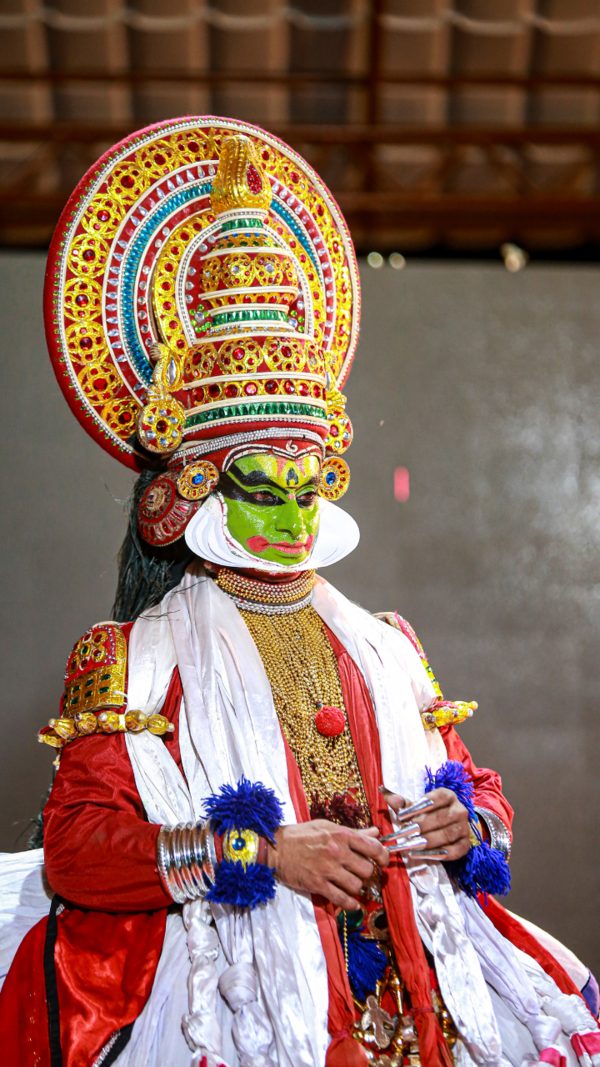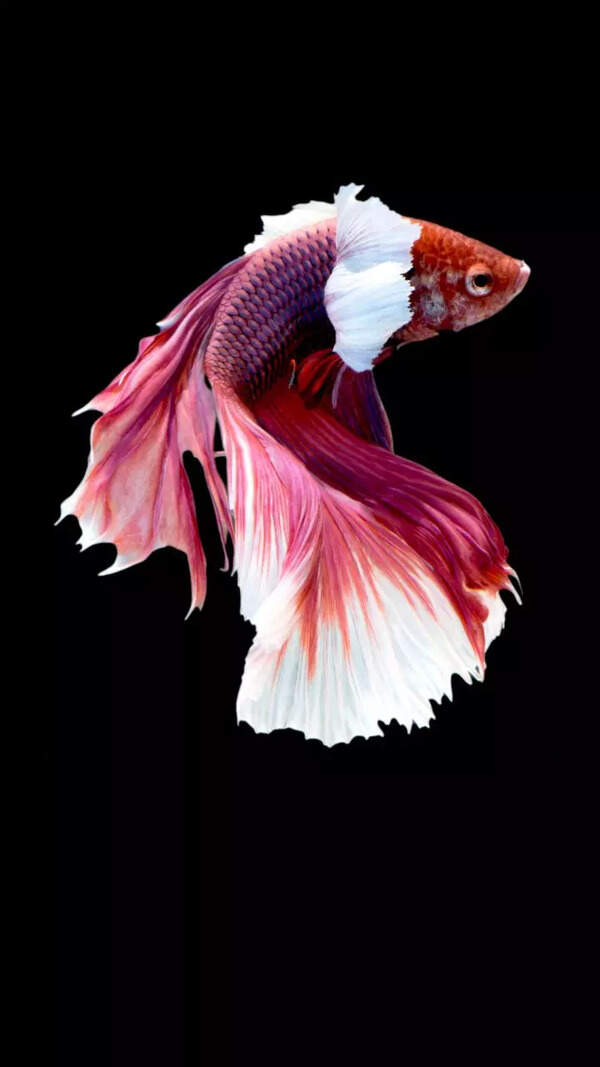A nature lover and wildlife photographer, Abhijit Chattopadhyay, helped rescue a flamingo with an injured left leg from the NRI wetland in Nerul Sector 58A on Monday. His distress call led to the rescue of the migratory bird by the forester, Vikas Bairagi, who admitted it to veterinarian Dr Kartik Iyer in Vashi for treatment.
However, as recommended by the vet, the bird was released at the same spot as no artificial limbs could be provided and fixed.
The injury affected the bird's flight, as well as its ability to run and take off. Many have expressed concern over the hurdles the pink birds are facing here.
Abhijit first photographed the lone flamingo five days ago in the vast wetland while the bird was standing in one place, busy preening itself. During successive visits, hoping to spot more flamingos, he noticed on the third day that the flamingo had not moved. The bird was released at the same spot on 6 May evening after a brief stay at the hospital.
The bird was trying to walk, limping, using the force of its outstretched wing with each step. On the fifth day, Chattopadhyay was convinced that the bird was in distress and shared its photograph with others. He sought the assistance of the forester, Bairagi. The bird had no claws on its left leg when sighted initially.
The flamingo was solo and almost a permanent member in the first left-hand side of the water body when someone enters the NRI wetland behind the NRI complex high rises. Initially, Chattopadhyay sought help from a flamingo catcher to ensure its leg was treated properly before releasing it to its natural habitat.
The image taken by Chattopadhyay clearly shows that the bird lost its left foot/claw, which is why it was limping, putting pressure on its wings to take a step forward. The bird is suffering, and bird lovers hope it survives the odds in the absence of proper medical care.
Chattopadhyay said, “I don’t know what kind of accident caused the injury, but imagining its struggle to walk is unbearable. An artificial claw seems like the only solution, yet feels like a distant dream in our country. I pray the Almighty brings some relief to this brave suffering soul.”
Bairagi said, “The bird lost part of its leg to an injury, but not naturally by birth. Hence, it was released as no artificial limbs can be provided.”
A number of flamingos flock to the city wetlands, giving them a pink picturesque beauty, thereby attracting wildlife photographers from across the globe. The visitors watch and take photographs. Some of these photographs have been featured and awarded in international events.
A major part of the city wetlands houses the migratory birds, with their presence adjoining the Thane Creek Flamingo Sanctuary. The city wetlands now face encroachment from the builders' lobby.
Meanwhile, the recent sightings of injured flamingos have once again brought into sharp focus the urgent need for a veterinary hospital in the Navi Mumbai Municipal Corporation (NMMC) area, according to local environmentalists and animal welfare activists.
The NMMC concrete structure for the animal hospital at Juinagar has been ready for about four years but the facility is yet to start, NatConnect Foundation pointed out. As a result, currently, wildlife enthusiasts must either seek assistance from charitable veterinarians or travel to facilities in Thane or Mumbai.
NatConnect director B N Kumar pointed out that “we keep coming across injured birds and animals, but unfortunately there is no veterinary hospital in the NMMC area.” He recalled that during the January-May period, close to 20 flamingos died around DPS and NRI wetlands. Some of them crashed into the huge signboard built for the Nerul jetty, while others got disoriented apparently due to light pollution in the area, Kumar said.
Following public protests, CIDCO ultimately dismantled the hoarding. BNHS Deputy Director Dr Rahul Khot suggested to the NMMC engineers to change the lights in patches off Palm Beach Road toward DSP School and then near the Nerul Jetty road. The shade over the bulbs should be at a 45-degree angle so that the light flows downward and not sideward, which can impact the vision of the migratory birds, Dr Khot said.
A forest official said the birds could be getting hurt when they crash into fishing nets, tree branches, or wires. Or big crabs could be hurting them when the birds cross their paths.
(With inputs from Vijay Singh)








